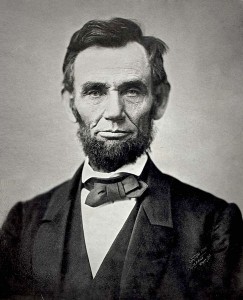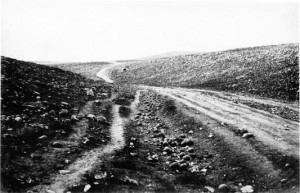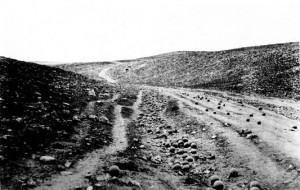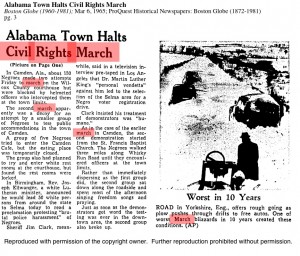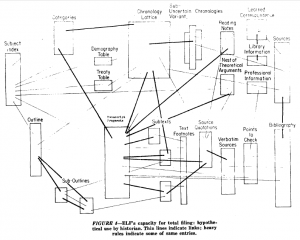This video offers a 20 minute history of perhaps the most famous drumbeat we have ever heard. The “Amen Break” is six-seconds long and was originally released in 1969 by a funk and soul band known as The Winstones. Commenters of this youtube video recognized the beat being used in everything from the cartoon, “Powderpuff Girls” to serving as background noise in hardcore pornographic videos. I found it most interesting that members of The Winstones, the original creators of the beat, have not taken any legal actions in regards to copyright infringement. Though the video pointed out that this beat has been used and reused hundreds of times by artists and D.J.s, the creators never once pursued legal action.
This illuminates the musical industry concept of “sampling.”Everyone’s favorite, Wikipedia, notes that music sampling refers to taking a portion, or sample, of one sound recording and reusing it as an instrument or sound recording in a different song or piece.”But given the nature of our discussion on Wikipedia and validity of online sourcing, I orchestrated a quick google search for more on sampling. A more refutable source, NPR, recently discussed this phenomenon of “sampling” in a 2011 article titled, “Digital Music Sampling: Creativity or Criminality.”
The article brings up various interesting sides to the integrity of sampling and inquires about the copyright of sound, asking “How much of a sound can you copyright? A note? A phrase? And who owns the copyright?”
My favorite quotation from the article is as follows:
“From Pro Tools to YouTube, have made everyone into a producer. We live in a world of remixes and mash-ups and samples, taking other people’s work, remaking it into something new.”
These words ring true in a society that listens to dubstep, Super Smash Bros, and remixes of remixes. Before signing off, I’ll leave everyone reading with a mash-up from everyone’s favorite musical television show: Glee.
http://www.youtube.com/watch?v=XkPGa4pA3Yo
